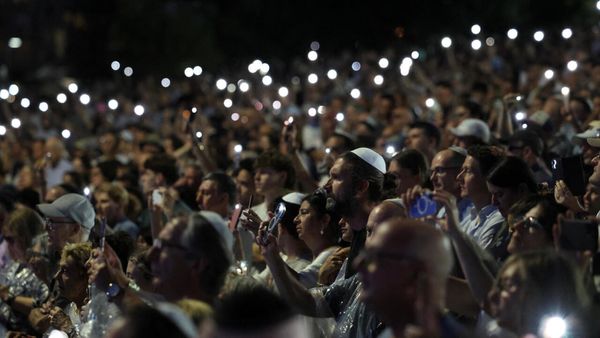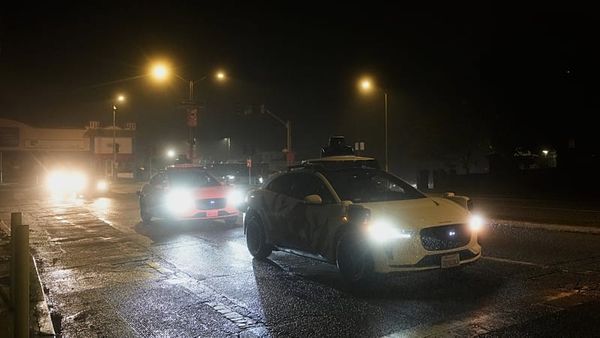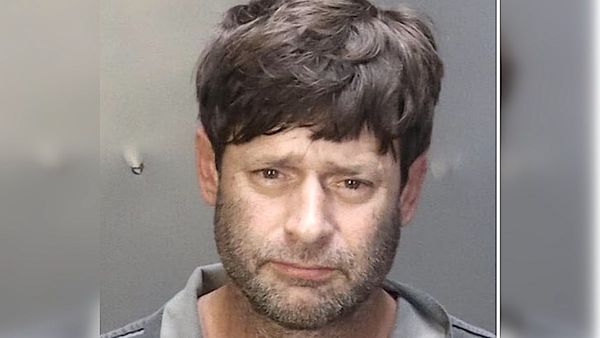
By laying out Donald Trump’s own admissions and incriminating eyewitness accounts from his employees, the indictment unsealed on Friday provided compelling evidence that could be exceedingly difficult for the former president to overcome and avoid a conviction.
The sprawling, 38-count indictment (in which Trump’s valet was also charged) revealed the previously unknown extent of Trump’s blatant efforts to retain the country’s most sensitive secrets and obstruct the government’s attempts to get them back.
Trump will have the opportunity to rebut the allegations outlined by the special counsel Jack Smith when the case goes to trial, but the sheer strength and volume of evidence presented in the indictment about Trump’s knowledge and intent leaves few defenses at his disposal.
The central thrust of the indictment was the highly sensitive nature of the material at issue. Among the documents Trump was charged with retaining: documents on US nuclear programs, potential US military vulnerabilities, and plans for US retaliation in the event of an attack.
For violations of the Espionage Act, Trump was charged under section 793e of title 18 of the criminal code, which references the retention of “national defense information” – defined as materials that could damage the national security of the United States.
The documents Trump retained appeared to exceed that threshold. In multiple instances in the indictment, some of the documents that Trump is said to have retained were so sensitive that prosecutors were forced to redact even the classification markings that described the secret programs.
But the charging papers were also highly problematic for Trump because it was organized around three key moments that illustrated violations of the Espionage Act and obstruction like chapters in a novel that are easily digested by a trial jury.
The indictment laid out two instances showing Trump knew he was in unauthorized possession of national defense information months after he left the White House, as well as an extended account showing Trump knew he was obligated to return the material but took steps to illegally retain them.
Bedminster meeting, July 2021
Prosecutors first presented evidence that Trump shared materials concerning a US “plan of attack” against Iran at a July 2021 meeting at his Bedminster golf club in New Jersey, where he was recorded urging his guests to read the document while admitting it was “secret” and not declassified.
The audio recording revealed Trump told the people at the meeting: “This is secret information. Look, look at this. You attack, and –” before later adding: “See as president I could have declassified it … Now I can’t, you know, but this is still a secret.”
In doing so, Trump demonstrated he knew that the document in question was classified, he knew it pertained to military intelligence which would constitute national defense information, and he knew that he was not supposed to disseminate its contents.
Trump could argue in defense that it is unclear that he actually retained such materials as alleged unless prosecutors have the document in question after his lawyers were subpoenaed for the document last year but did not ultimately find it.
He could also try to argue that even if the document did exist, it might not have been national defense information by the time he described it at the meeting, at which he was trying to use the document about striking Iran that had been widely reported had not come from him but the Pentagon.
Bedminster meeting, August 2021
But arguably more legally damaging to Trump was a second incident, when the former president shared a top secret military map with a staffer at his political action committee and admitted he should not be showing the map because it was classified, adding the staffer should not get too close.
The description of the meeting, at which Trump used the document when discussing an ongoing military operation that was not going well – the US withdrawal from Afghanistan – suggested the account in the indictment came from the staffer testifying to the grand jury under oath.

That incident as recounted is particularly problematic for Trump not only because it came from an eyewitness, but because it came from one of his own employees – bolstering the credibility of the account because the staffer would have been testifying against their boss.
It is not clear what Trump could even argue to suggest the material was not national defense information at the time, other than stretching to say perhaps the map might have been out of date by that point in the conflict when the Taliban had overrun most of Afghanistan.
Mar-a-Lago obstruction, May 2022
Prosecutors also presented detailed evidence that Trump moved to obstruct the criminal investigation by concealing classified documents from an attorney identified as his then-lawyer Evan Corcoran after the justice department issued a subpoena last May demanding their return.
Trump was resistant to complying with the subpoena and asked Corcoran something to the effect of “What happens if we just don’t respond at all?” and “Wouldn’t it be better if we just told them we don’t have anything here?”, according to Corcoran’s notes that prosecutors obtained.
Corcoran then told Trump that he would return on 2 June 2022 to look in the Mar-a-Lago storage room for documents. In the intervening period, the indictment said, Trump instructed Nauta to remove some boxes containing classified documents from where Corcoran intended to search.
When Corcoran returned, he found 38 classified documents in the storage room, at which point Trump is said to have made a gesture that seemed to indicate he should “pluck” any documents that were “bad”. Trump also asked: “Did you find anything? … Is it bad? Good?”
The passage appears to demonstrate with a variety of evidence – notes, testimony, phone records and surveillance footage – that Trump knew he had kept “bad” documents, wanted to keep them, and pre-emptively took steps to remove classified documents from where Corcoran was searching.
Trump could argue in rebuttal that the boxes were moved out because he wanted to get other material, though the timing that coincided with just before Corcoran was searching for documents might undercut that claim. He could also try to suggest his comments were taken out of context.
But given the evidence outlined in the indictment, Trump’s most viable bet to stave off legal peril could be to delay the trial as much as he can so that it runs into the 2024 presidential election, where he could be the Republican nominee, and escape the consequences of a conviction.







